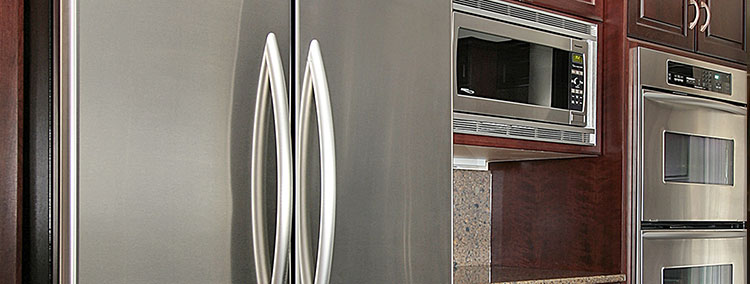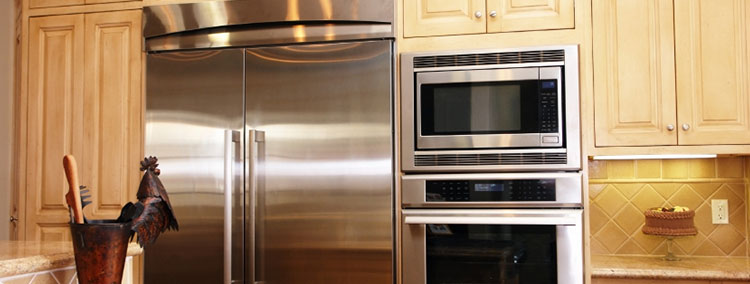A refrigerator is the only electrical appliance that runs continuously day and night to keep your food cold. But sometimes on rare occasions, your refrigerator stops working and puts you in a situation where you need to pay high repair bill and in few cases the cost of the replacement of fridge. So, it’s better to follow refrigerator repair tips to prevent the high cost of repairs on your refrigerator. The reality is that some of the repairs are so easy and require simple knowledge about the appliance and patience to fix the problem at home.
Why Hire a Refrigerator Repair Company
Before fixing any problem, you must know about the internal arrangement of your refrigerator. All type of freezers and refrigerators consists of two components. One is a condenser coil and another is evaporator coil. A liquid coolant passes through both these coils with the help of a compressor and the electric motor. The liquid present in the refrigerator then cools down inside the condenser and passes to the evaporator. The amount of air present in the unit gets cooled off after developing a connection with the liquid-filled coil. Condenser coil is placed outside the unit while evaporator coil inside the unit and the coolant circulates through the entire system with the help of a compressor.
These days, refrigerators are frost free and heater gets turned on automatically as per the timer and melt the frost present inside the refrigerator. When melting of the frost completes then the thermostat resort to a cooling cycle to preserve the standard temperature of freezing. This automatic process rules out building up of frost.
A capacity type motor runs the compressor system and leads the coolant to pass through the coil system. Other parts used for cooling or defrosting system include thermostats, heaters, condensers and fans. If you want to fix the problem in any of these components then you must know the internal functioning of all these parts of the refrigerator and freezers. A DIY(Do it yourself)helps to save money on repair but there are exceptions and best to contact a professional refrigerator repair company to fix the problem and follow refrigerator repair tips to minimize the amount of repairs.
Before starting any repair on your refrigerator or freezer, make sure to unplug it. After unplugging, check the presence of a motor/compressor with a capacitor. Capacitors store electricity and supplies power even after power is off. So, ensure to discharge the capacitor before starting any DIY repairs to prevent a severe shock.


